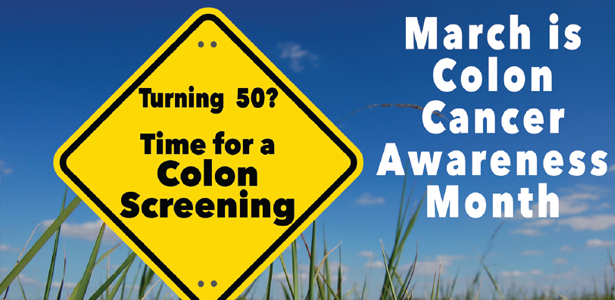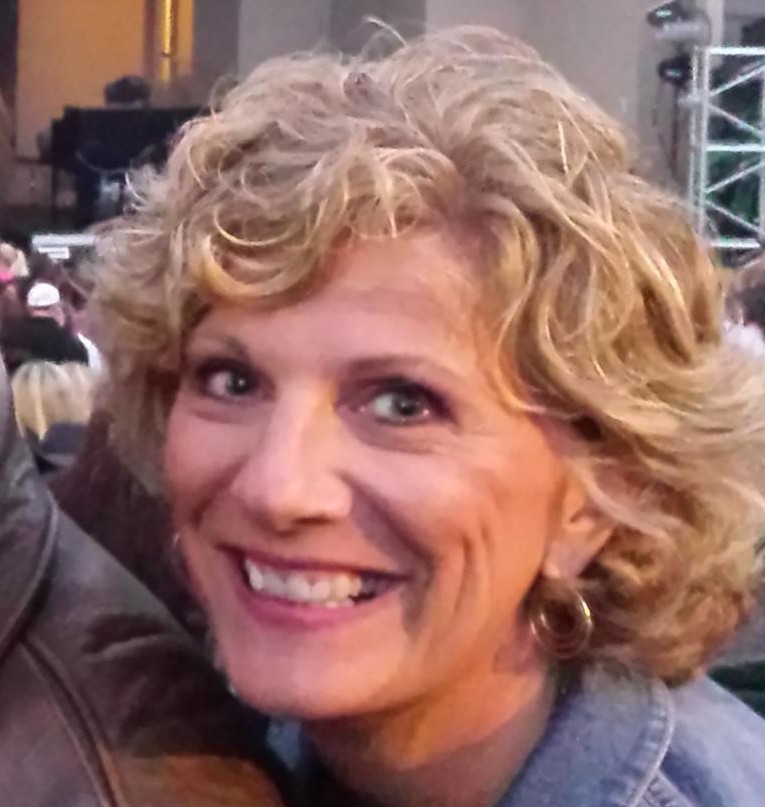Colon Health

Getting to the bottom of it
STORY BY: LESLIE RESCHLY, BSN, RN
Are you over 50 years old? Have you had a screening colonoscopy? Colorectal cancer is a cancer in the large intestine and rectum, which ranks as the 2nd leading cause of cancer deaths in men and women combined. The American Cancer Society anticipates approximately 144,500 new cases of colorectal cancer will be diagnosed in 2016 alone.
RISK FACTORS:
- Age
- Family history of coloncancer or colon polyps
- Personal history of colon polyps
- Obesity
- Sedentary Lifestyle
- Diet high in red meat and processed meats OR low inveggies, fruits and whole grains
- Heavy alcohol use
- Smoking
- History of Inflammatory Bowel disease such as ulcerative colitis
- Crohn’s diseaseSYMPTOMS:
- Blood in stool
- A change in bowel habits/stool consistency
- Pain with bowel movements
- Abdominal pain/cramping,METHODS OF SCREENING:
- FOBT: (fecal occult blood test) and FIT (fecal immunochemical test). This simple method involves stool sampling often done at home for the presence of blood. It often detects noncancerous bleeding which can occur with hemorrhoids.
- COLOGUARD or Stool DNA: test was approved in August, 2014.This test detects gene changes in stool that may be associated with colon cancer cells.
- CAMERA PILL: a “pill” which contains a camera is swallowed and pictures taken as it travels through your intestines.
- CT COLONOGRAPHY: X Rays are taken of the colon to check for possible areas of abnormality. Also called a Virtual Colonoscopy.
- BARIUM CONTRAST ENEMA: contrast media is placed into the colon to look for abnormal areas.
- FLEXIBLE SIGMOIDOSCOPY: looks at a limited section of the colon and rectum Colonoscopy-examination from rectum through entire large intestine
By far, the most common recommended screening procedure is the colonoscopy. Typically, any screening method, except the stool sampling techniques, requires a colon prep or cleansing. PREP is the dreaded four-letter word of the procedure. Although preps often vary by physician choice, they all involve some period (typically one to two days) of stopping all solid food and using laxatives to clean out the colon. This large tube of intestine must be clean to allow the physician to see the en- tire length in search of polyps or growths. The exam also involves a period of 6-8 hours immediately prior to the test where no fluids should be consumed due to the sedation that is given for the exam. I am often asked why you can’t just have a CT Scan. While this is an option, you still have to do the prep AND YOU WILL HAVE TO DO THE PREP AGAIN if anything is seen that is suspicious. Why not just get your colonoscopy in the first place? A typical exam lasts 20-30 minutes with a recovery period to wake from the sedation of 20-30 minutes. If Polyps or areas of concern are seen, tissue samples are taken and sent for evaluation.
Legally, you cannot drive for 24 hours if you have been given sedative drugs so you will need to bring someone to drive you home. In addition, air or CO2 is pumped into the colon to allow it to distend so that all walls are visible. Remaining air must be expelled but often is trapped initially after the exam, which could cause cramping in your abdomen. Typically,it takes 1-2 days for your normal bowel pattern to resume.











Leave a Reply